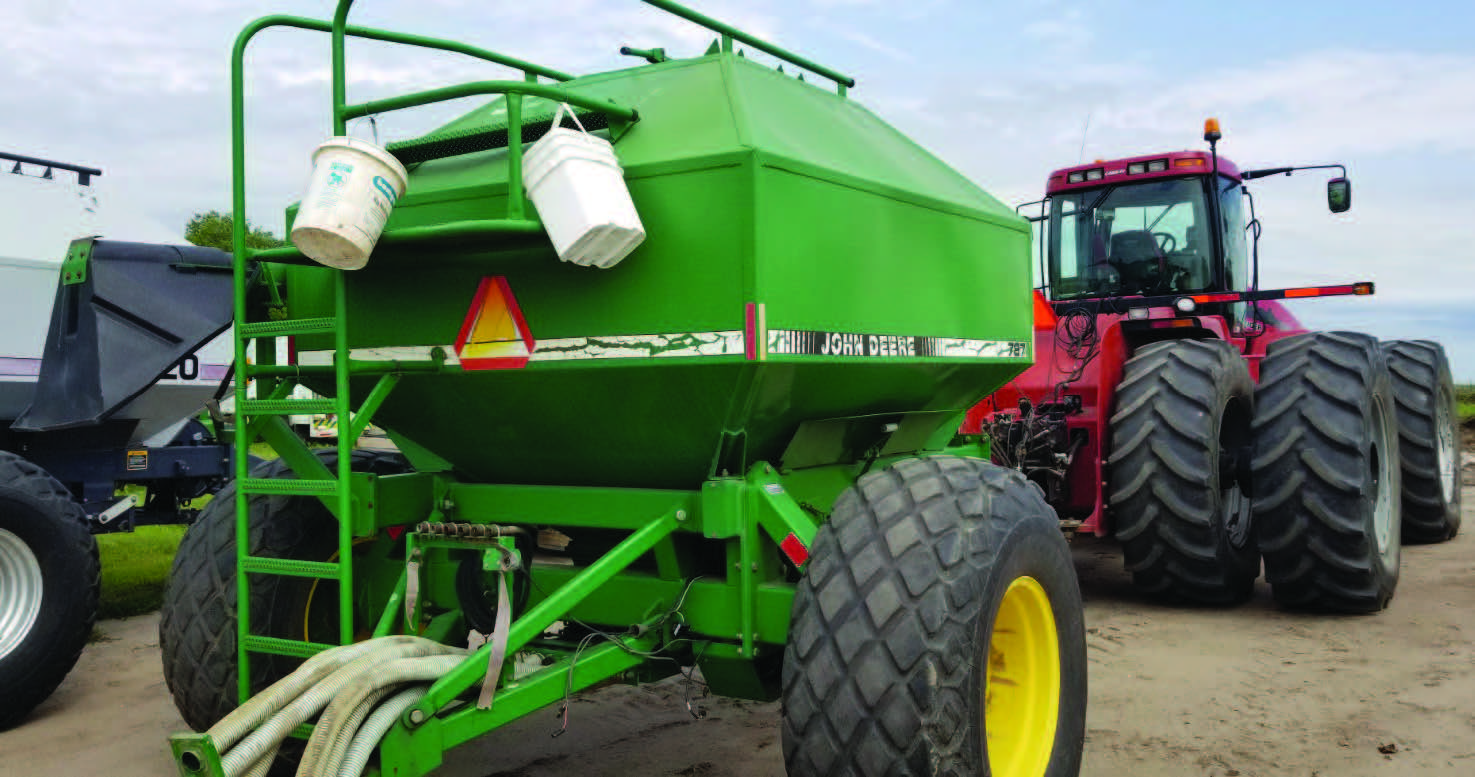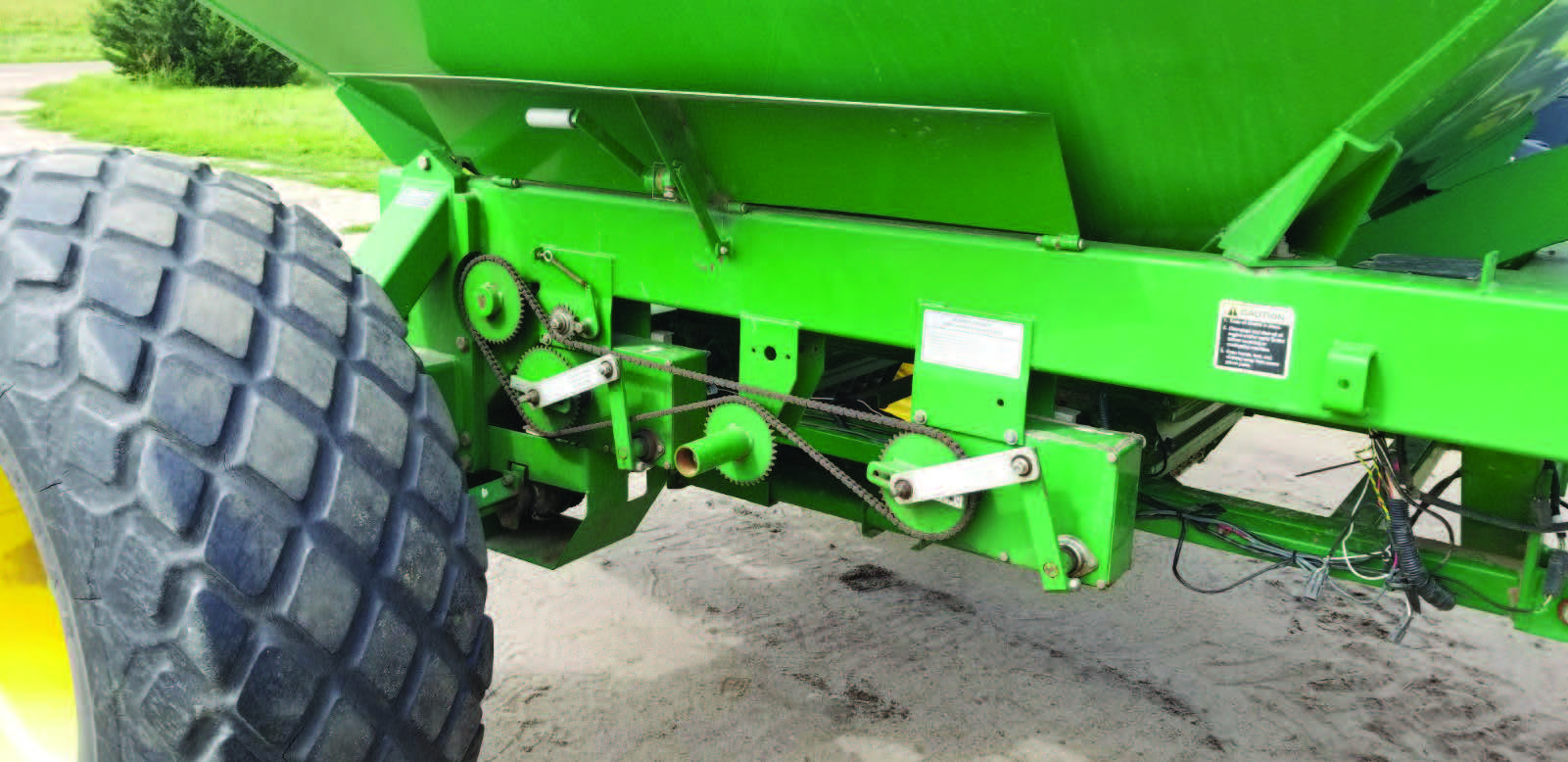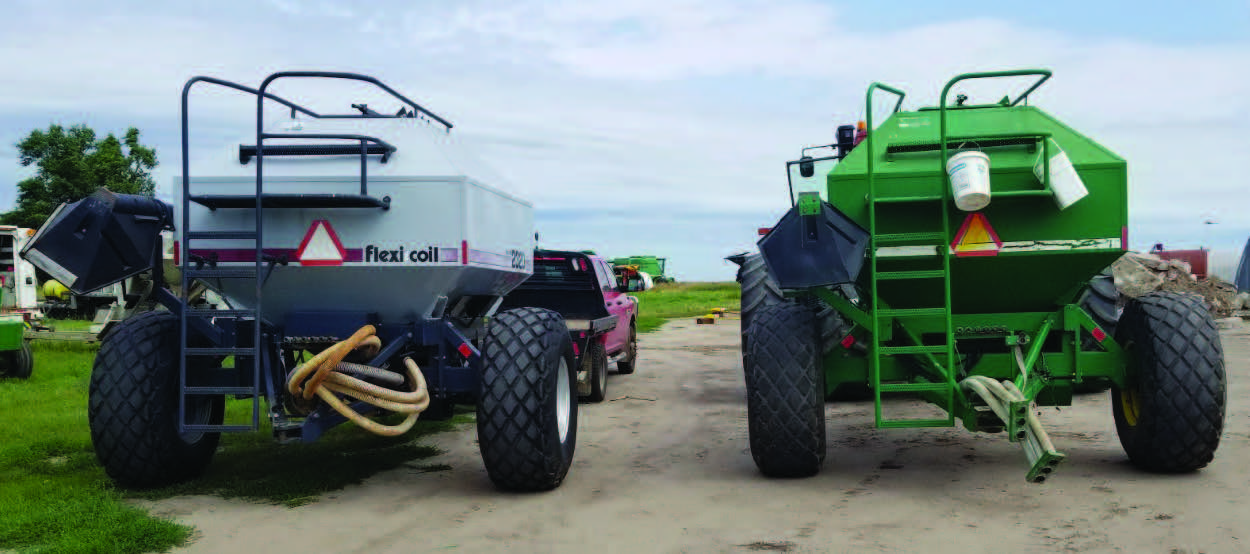A few years ago, one of my customers asked me to help him sell his 1850 John Deere no till drill and 787 John Deere air cart. I took a look at it and asked what he paid for it and what the history was on it. It was a sad picture. He had bought it to resurrect it. Generally, things that need to be resurrected are dead. This would be no exception. The disks were four inches smaller than they were supposed to be and there was not a bushing or bearing anywhere in the drill that was in good shape. It needed several tires, some wheel bearings and a wheel or two. The cart looked okay and, while there were more than a few worn hydraulic hoses, there is always hope, right? We were told that the monitor worked— maybe at one time.
What could go wrong? I found out that was the wrong question. The right question was, “What could possibly go right?” when you are dealing in old used machinery with complicated electronics.
In truth, I was way out of my league. Well, at least the drill frame was in great shape, with no cracks.
Work began in earnest after we found a buyer. It was a long process, but it finally came together. A lot of parts and some paint and it went down the road.
That is when it got much more complicated. The new owner was not very happy. When we finally got everything working on the 1850 drill, the 787 air cart started dealing us fits.
We had another problem, the drill was 36 feet wide. No one gave that a thought when this adventure began. It was making it very difficult planting between terraces where the new owner’s old 15 foot John Deere 750 had been a easier fit. We solved the problem by closing the right half of one bin roller and then closing the left half of the other bin roller. That way, the operator in the cab could close one side of the drill off in narrow places by shutting that bin down without wasting seed. Normal operation for this drill called for both bins to run at the same time. We learned that one of the bins put out 60 percent and the other put out 40 percent of the total drop so you have to compensate on the individual bin rates to plant right. One problem solved.

The 1850 drill and cart had started its life in western South Dakota in the early ’90s. After working there for several years, it was sold to a farmer in western Kansas. The years that followed were very dry. The owner must have just used it to get the seed in the ground to collect the crop insurance. We suspect that because they apparently did not grease it and did not use clean seed. Every niche and cranny of the cart had straw and chaff stuffed into it. After a few years, it was parked and left unused for a few years.
After the straw and chaff problem was solved, the next problems were the sensors and the clutch controls that turned the bins on and off. After we solved one problem, a new one would pop up. After that, more sensor problems, cab controls and then the monitor and on and on it went. It would seed up to the end of the field, then when you shut the bins off and turned around, the one side would not seed and it looked bad. The last straw (pun intended) came when the software was blamed for the situation. That was when the story came out about the software update that had confused everyone.
The biggest problem was finding tech support for electronics that were 20-plus years old. We tried numerous dealers and usually heard the line, “If you would have bought it here, we would service it for you.” That was sometimes after a $2,000 or $3,000 bill for attempted repair. (Have you ever taken a car or truck to a repair shop and found out that they used the Braille system? That is when they start changing parts until you scream “Quit!” or until it “feels” like they have solved the problem.) They were safe in saying if we bought it here—because none of them would take it on trade. We tried. Everyone else I talked to either said they would not work on it because it was obsolete or they had some other reason to decline. I heard a few new expletives, but got no help. There was one dealer in Kansas who was willing to help but they were so far away that we were concerned about being able to communicate well with them. Travel and/or transport were also a concern if we had to take it to that dealer for repair on site.
We had a so called “unhappy stepchild with red hair” and a green paint job.
The magic words.

After more than 50 phone calls, I finally found someone who was old enough to have worked on the early 1850s and he told me the magic words. “You know that the 787 cart is a FlexiCoil with green paint, right?” “No, I did not know that! What do you mean?” “They were built for John Deere by FlexiCoil in Canada and painted John Deere colors.” Apparently after the 787 was discontinued, John Deere built their own air carts, starting with the 60 series drills like the 1860 with a 1900 or 1910 air cart. It seems there had been a parting of ways between John Deere and Flexi- Coil after a software issue that drove some customers to the edge.
I should have guessed something like that, but I did not.
Solution? Find a FlexiCoil dealer and find out the other side of the story.
Google, right?
What I did not learn until much later was that FlexiCoil had been bought by New Holland. That piece of information would have been helpful. I finally found a guy named Roy in Alberta, Canada who knew his FlexiCoil craft well. He was willing to help us and even coached a dealer tech or two for us along the way. He was such a breath of fresh air! I can’t tell you how much I appreciate Roy. According to Roy, while FlexiCoil was making the carts for Deere, a software problem developed where the black box holding the software quit communicating with some of the sensors, especially the bin sensors. Flexicoil developed new software and provided it free of charge to their dealers and customers, while John Deere apparently took a different route. The software came in a black box that was mounted on the cart and attached to the wire harness. You could not attach a computer or jump drive to the black box to upload the software; the box had to be replaced. If it was not replaced, or if the updates did not get applied, the results were problems with the sensors communicating with the monitor and the software box, especially on the Deere carts.
The John Deere software required a $1,200 kit to update the bin sensors. If the tech or the owner did not put the full kit in the John Deere cart, there was more trouble and on and on and on, leading to the replacement of more sensors, the monitor and harness. All this without resolution.
Life is an adventure, right?
The FlexiCoil software did not require the bin sensor kit. It also would not work with the John Deere carts and sensors. On the FlexiCoil carts, the bad sensor solution was a lot easier to isolate. While the monitor was on, you could just unplug one sensor at a time, then re-plug it if nothing happened. If you unplug a sensor and everything but that sensor starts working, replace that sensor and go back to work.
I liiiike it.
Oh and there is one more quirk (maybe a lot more) for that matter. The 787 cart and the FlexiCoil carts run on a 4.5 volt system, while the 1900 and 1910 John Deere carts and monitors run on a 1.5 volt system. Nothing interchanges very well—well, maybe, grease zerks and the operator.

After yet another miserable spring planting season this year, the drill was moved from northeastern Nebraska to west central Nebraska. There were 1,500 acres of oats mixed with sorghum and other plants to sow for hay and silage. Things went from bad to worse. It was now impossible to plant anything. So I called Roy again.
With new information in hand, I asked Roy if we could buy a FlexiCoil cart and attach it to the Deere 1850 drill to solve most of our electronic problems. He told me that the 2320 (230 bushels) and 1720 (170 bushels) FlexiCoil carts interchange with the 787 Deere carts of the same sizes. There were two types and two sizes of the carts. There is a pull between cart, which is what we needed, and a pull behind cart. The pull between cart fits between the tractor and the drill. It also attaches to three other tools, like the 730 drill. After a search of the internet (which took most of the afternoon), I found five pull between carts in the U.S., with the closest being in western South Dakota. There were about twice that many of the pull behind carts. They clean and there were no oil spots. It had a good monitor, so I paid the dealer, we hooked up and I headed to Nebraska and hopefully “the good life,” as the sign says when you enter Nebraska. It pulled nice and since the truck had plenty of power and the tires on the cart were in good shape, the trip went well. After a brief motel stop, I arrived at the farm site where we planned to switch carts on the 1850 drill at 9 a.m. the next morning (Saturday).
That is when the fun began.
I have no idea why I thought this was going to be an easy switch. We (three men and a boy) worked from 9 a.m. to 9 p.m. to get the carts switched and get everything working. (The young man who worked with us was every bit as valuable as a fourth man. I was impressed.) Almost all of the electronics worked on the FlexiCoil and almost all of the mechanical parts worked on the Deere. When we hooked up the hydraulic hoses to start the fan motor om the FlexiCoil, it started raining fluid. Nine hoses and a valve later, the hydraulic system was working.
We then revved the fan to blowout the empty seed pipes under the cart. Three pipes were plugged and the rest were almost plugged. After pressure washing the air pipes, we found that whoever used it last had not cleaned out the fertilizer. There were frozen bearings on either end of the seed rollers. We started borrowing parts from the 787 Deere to fix the FlexiCoil. (It was 4 p.m. on a Saturday.) They fit and there were more than a few used.
The gear boxes that drive the seed rollers that drop the seed from the tanks into the air pipes were misaligned and there was one that was damaged from misalignment. The rollers, the bearings, a drive chain between the gear boxes, a gear box and a drive shaft for the rollers moved from the Deere to the Flexi- Coil. We moved an aftermarket run, block and population monitor from the Deere to the 2320 cart. We tested and retested everything. Finally we felt that we had accomplished the goals that we had attempted. We had spent $5,000 on the 2320 cart plus travel of about $300 in fuel and miscellaneous. We had used about $5,000 worth of mostly used parts, hoses and supplies, along with about the same amount in labor. (Deere techs get $80 to $125 per hour and they have nicer shirts than we did.) All totaled $15,000.
Monday, it went to the field. I called midday, holding my breath. Was it working? Yes, except for the run plug sensor, which had to be re calibrated, and a few little details that needed minor adjustments.
It ain’t perfect but at last call, it was working well.
If you own a 787 cart and have been looking for solutions, the 2320 cart exchange might be a solution for you. I would hope that if you were missing a few pieces of the puzzle, this article helped you out.
If you are a new farmer starting out and have bought or plan to buy an 1850 drill because of a limited budget, I hope this article leads to your success. I learned along the way that 1900 and 1910 John Deere carts can be attached to the 1850 drill. If you are buying those carts, be sure that the monitor works and that you have a written commitment from the dealer that they will work with you. Be sure to inspect the air pipes under the cart and check the bearings on the ends of the rollers. Also, inspect the hydraulic system carefully and verify that the gear boxes are properly aligned and working.
I called and talked to several dealers about used 1900 and 1910 carts before we found the 2320. Most of the time, I talked to sales people and most were hesitant to warrant anything that was an older used cart. Remember that sales people can make promises that the technical department cannot keep. The two main reasons that farmers replace carts, in my thinking, are because they can’t get them fixed or they want a larger cart so they don’t have to refill as often. If you find a cart with a conveyor instead of a loading auger, that is (in my estimation) a plus since it is less likely to damage the seed. Always talk to the previous owner if you have that option.
Here are a list of things that were irritating and/or helpful for us that might save you some grief, not only on the 50 series but also on the 60 and 90 series drills as well.
(1) Be sure to check the switch on the front of the drill that shuts off the seed/bin clutches when you lift the drill out of the ground at the end of the field. If that switch is faulty or wired wrong, it may cause the drill to stop seeding or skip or just pump seed out as you turn around on the end of the field.
(2) Check your electrical grounds to make sure that they work. Also an open wire on a drill that has been parked outside can be hard to id and find, due to cracked plastic coating. Your test meter will be your new best friend.
(3) Be careful that you do not reverse the hoses on the fan motor. That will be a $1,000 mistake, plus lost time.
(4) If you buy a 30 foot or larger drill, make sure that you have a large enough tractor to STOP the cart and drill, especially if there are steep hills on your land where you may jack knife. You may want to add extra weight to the rear of the tractor for additional holding power.
(5) There are aftermarket population monitors and run/plug sensors that you can add. Make sure that you get good tech support if you buy them. Don’t take their word for it on the tech support; ask other customers.
(6) There are aftermarket closer wheels that add a lot to the performance of the drill. They can be a great investment, especially in thatch and dry ground. Big names may not be the best.
(7) If your cart comes with only one set of seed rollers, watch for other sizes of used rolls to buy. It makes it possible to plant more types of seeds accurately. They are out there, you just have to find them. The seed rolls on the 787 and 2320 carts do interchange, but those seed rollers will not fit the 1900 and 1910 carts.
(8) Just because the dealer says the drill is field ready and it has new disks, does not mean it is.
(9) If you are buying a used drill, look for cracks in the frame and how they were repaired, wheel bearing issues, bushing wear, tire edge and bearing quality on the gauge wheels, disk bearings, depth adjustments. (Make sure that the adjusters all work EASILY or you will be sorry.) Have the owner or dealer fold and unfold the drill at lease twice to verify that the hinges and hoses are good. Start and stop the fan and auger a few times to make sure that they work. Make sure you get the right manuals for the drill and cart. There are numerous versions. They are NOT free to download online.
(10) Review the information that I stated in the article above.
11) If I can be of help, feel free to email me: [email protected]
I wish you the best, my friend, in your farming.




